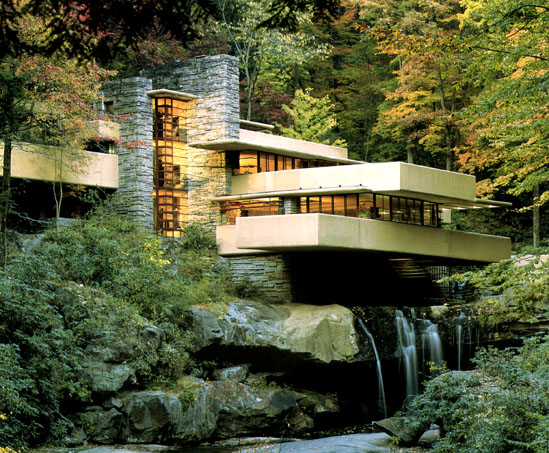One thing that I struggle with all too much in map-design, specifically architecture, is whether or not to make the building pretty or to make the building as efficiently laid out as possible.
Too often I see buildings that may look great on paper or from outside, but inside I hear so many complaints about how oddly laid-out and awkward it is to navigate the building's interior. It seems as if contemporary building design embraces the artistic side of architecture more than the engineering side and to the effect that we have very pretty buildings that make little sense on the inside.
And I even see a similar effect in computer and video games such as The Sims 3, where people often make houses or buildngs that look amazing from afar, but inside they are cramped and awkwardly laid-out, limiting the inhabitant's movement unnecessarily.
So I put to you guys, how to strike a balance, an optimized equilibrium between the two?
I find that simpler floor plan shapes that favor circuits and symmetry tend to be more easily navigated, but they are very boring and simplistic and are often shunned by fellow map-makers as amateurish. For example, a rectangular building is simple, easy to make, easy to navigate usually, but frowned upon as lazy and badly designed. But then I find that complex and irregular designs, while difficult to design, are needlessly difficult to inhabit and navigate. It seems that modern structure design has become somewhat elitist and inattentive to the actual usefulness of the structure that it produces. Look at M.I.T.'s newer buildings for God's sake *facepalm*.
How does a building that looks this way benefit the users at all? Why does it need to be so irregular? Is this not then just a wasteful design that is more of an ego-trip for the architect? Could you imagine being the contractor or a fireman trying to understand this building while erecting it or trying to test it for fire-safety?
I will confess, I am a big believer in form following function. So it's natural for me to poo-poo designs that seem to have little regard to their function whatsoever.
Though I hate Falling Water with a passion because if you design a building where all the contents have to be purpose-built for it, then it's obvious that you don't intend to enable and encourage a wide variety of usage, you're just making a fancy building to go into your portfolio. I am referring to the furniture for this structure. The doors and furniture were specially made for Andrew Lloyd Wright's designs. Could you imagine how expensive replacing one would be if it broke or got too old to use? Again it seems that some modern architecture considers artistic appeal far more than practical application.
---
So then I try to make a pretty map for my D&D group but I quickly realize that if it's pretty, then it just doesn't make much sense to me why it'd be designed that way and waste as much resources to build as it does:
Why would elves build in trees? What if there was a lightning storm? What if invaders used flaming arrows and greek-oil to set the trees on fire? What if termites eat the tree's roots away? Is it really worth the building expenses, then, to build up there? If it was then wouldn't we humans have done so more often instead of building on bedrock and stone foundations that don't rot and erode much slower?
And why would Dwarves build such huge hallways and rooms if they are so much shorter than humans? Why would they limit themselves to building underground when they could more easily get fresher air and access to agricultural bounty above-ground? Hell...what if there was an earthquake? Our friends in the trees and below ground would equally be screwed wouldn't they?
If you say: "Because there's magic" then I will glare at you and think mean thoughts. Magic is present to expand our horizons in speculation and creative role-play, not to create excuses for us to design something silly and impractical.
Speaking of which: why do dungeons have so many traps and secret passages? Who built them with that kind of money to throw around? How did they intend to keep things like that a secret from the hundreds of builders they had on site at the time? How the hell are the orcs inside supposed to get to the bathroom if there's a DC 26 spike trap between their barracks and the john and the doorway to the restroom is guarded with a ruby statue of a gargoyle who demands solutions to riddles? I mean there's fantasy and then there's fantastic crap. Things don't need to be complex and original to be good. Sometimes the simplest solution is truly the best one.
I mean there's a reason why the simple designs are still around: because they work. Because they don't cost as much to build and maintain as hipster's wet-dream amalgamations of material like M.I.T.'s pock-marked building:
But then I'm just one guy, and I'm no architect, nor am I a civil-engineer (which I feel should be BOTH utilized when designing a building by the same exact person) so I'm curious what you guys think?











 Reply With Quote
Reply With Quote